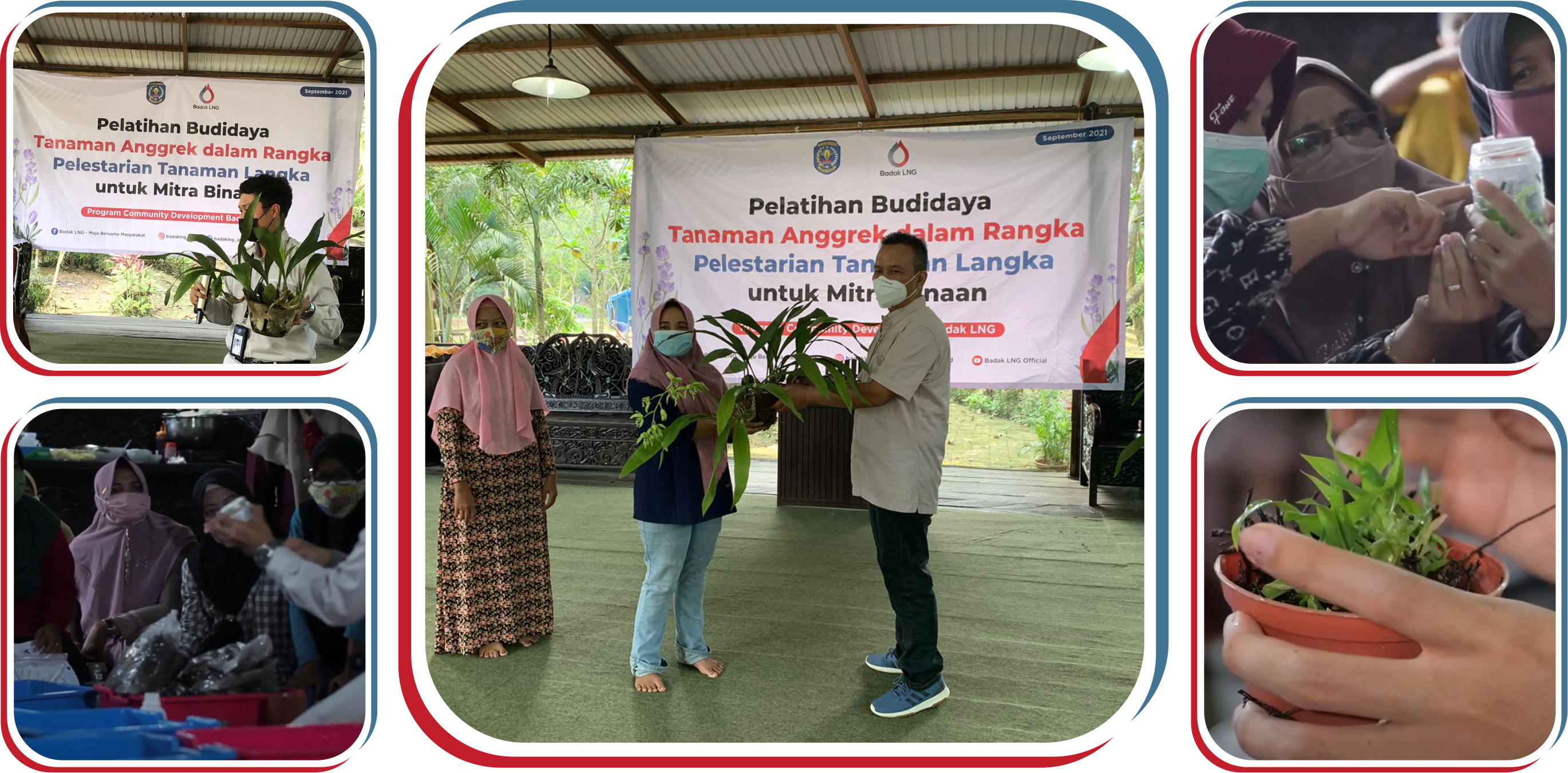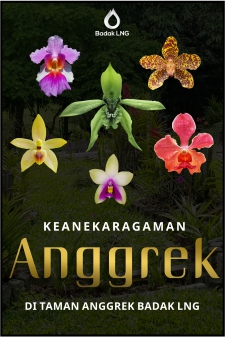Orchid conservation efforts carried out by the Badak LNG Orchid Park are also implemented with an educational and social approach. Orchid park often receive visits from various agencies and communities, especially from schools and universities. This of course brings benefits for both visitors and Orchid Park; visitors get recreational facilities as well as knowledge related to conservation, while the Orchid Park can spread the message and spirit of conservation more widely and open up new collaboration and innovation opportunities.




Pecinta Anggrek Indonesia (PAI) is a group of people who have a hobby of collecting and cultivating ornamental plants, especially orchids. This organization was founded in 1957 in Bandung and was once chaired by the President's wife, Mrs. Ani Yudhoyono. This organization is spread throughout Indonesia, including in East Kalimantan (PAI Kaltim). PAI Kaltim was formed in 1990 and is currently chaired by Surya Sili (owner of the Rumah Ulin Arya Samarinda). PAI also has a branch in Bontang City and visited the Orchid Park and the Badak LNG’s Tissue Culture Laboratory on May 28 2024. This visit was also part of a series of BIMTEK activities for orchid development in Bontang City. The PAI participants who visited numbered around 30 people consisting of Bontang orchid lovers, collectors and entrepreneurs.
PAI participants arrived at the Badak LNG Nursery and gathered in the toolbox area to read material related to efforts to preserve East Kalimantan orchids both conventionally and tissue culture. Orchid plants are considered difficult to cultivate because the plant growth is slow and the natural germination rate of seeds is small. Orchids need to be preserved because of their status as Puspa Pesona Indonesia, such as the moon orchid (Phalaenopsis amabilis) and many orchids which are in the protected category according to Minister of Environment and Forestry Regulation no P.106 of 2018. The massive clearing of Kalimantan forests has caused many orchids to lose their habitat so they need to be quickly and massively cultivated to maintain biodiversity in East Kalimantan.

A total of 4 participants from the National Petroleum Authority (ANP) of Timor Leste, who are undergoing training at PT Badak NGL, took the opportunity to visit the conservation area of PT Badak NGL on Thursday, August 21, 2025. The participants visited the Orchid Park to learn about the conventional cultivation techniques of rare and protected plants. Due to the proximity of the area to the Urban Forest, participants were also able to study endemic and protected fauna. Subsequently, participants learned about tissue culture techniques as a modern science in the cultivation of protected flora. The Tissue Culture Lab is part of the orchid garden for the protection of endemic and protected orchids from Kalimantan.
On July 9, 2025, the plant tissue culture laboratory of PT Badak NGL received a visit from Universitas Sebelas Maret (UNS), consisting of lecturers, national students, and international students (from Burkina Faso). The participants were invited to learn about the tissue culture of endemic and protected plants as well as the acclimatization process of plants in the greenhouse.



